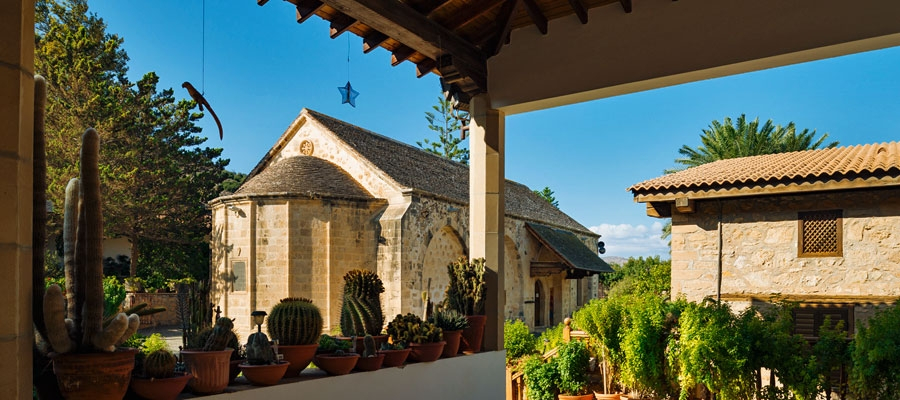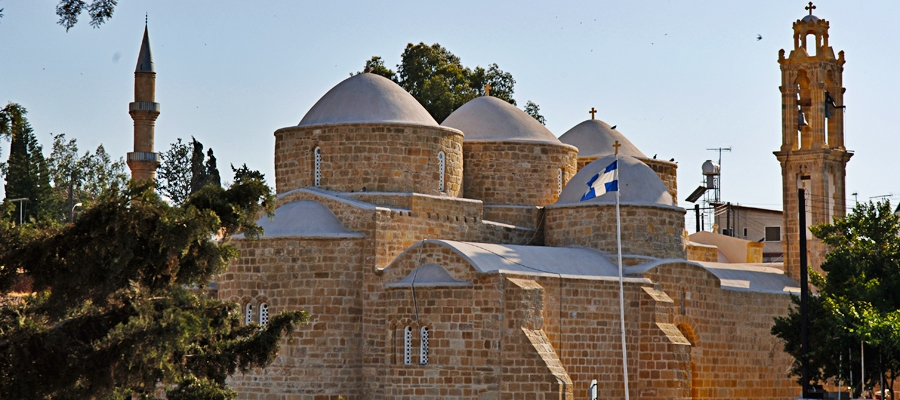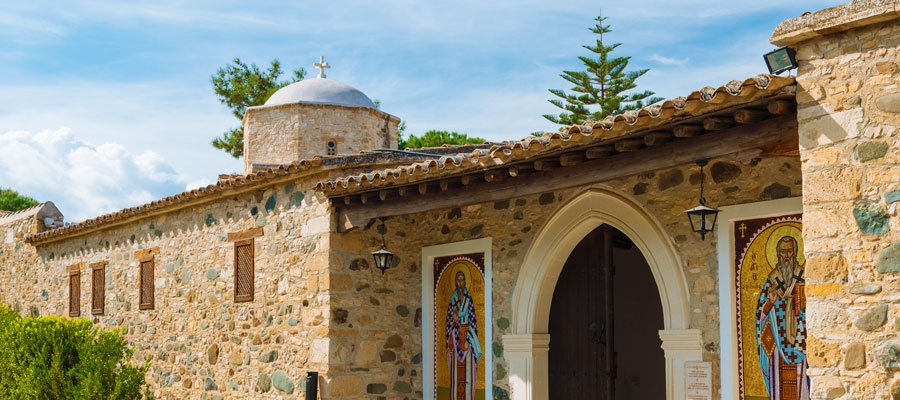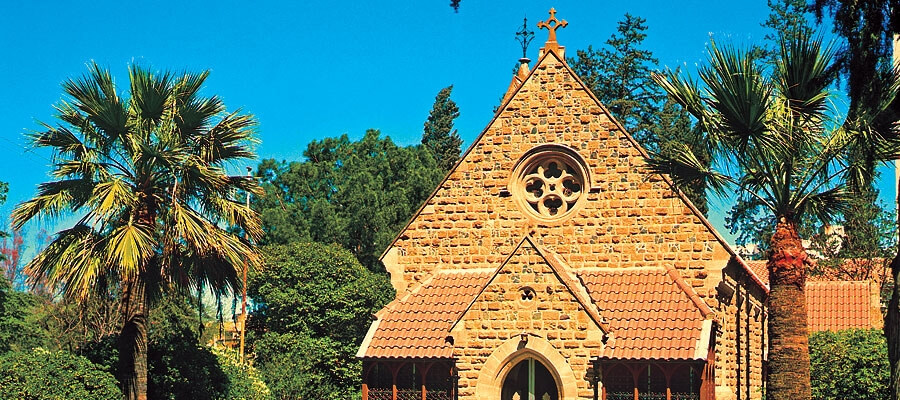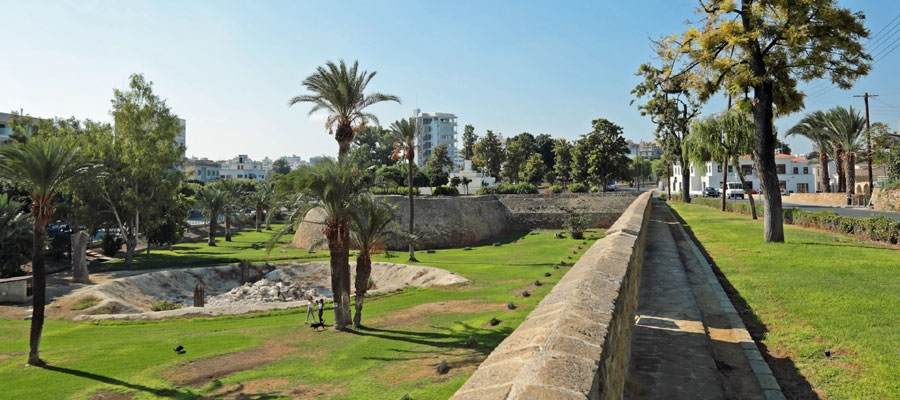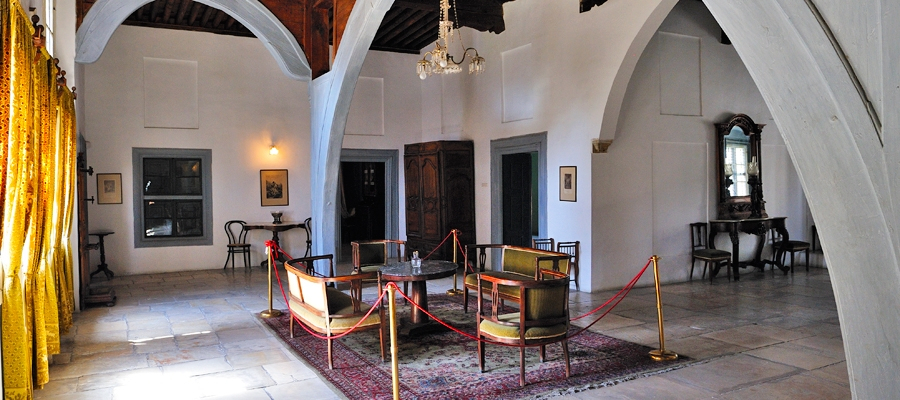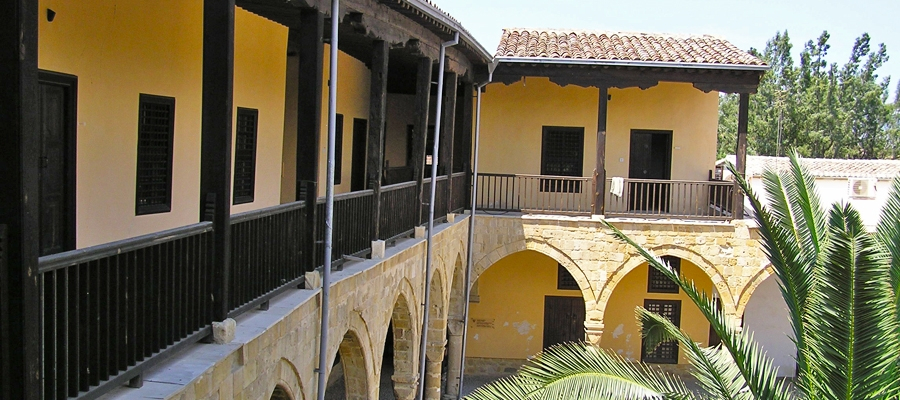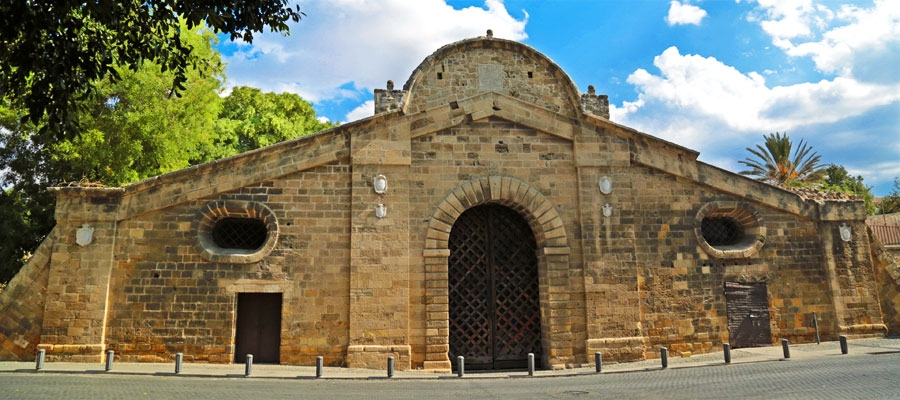The 18th century convent of Agios Panteleimon, with its gabled roof, is located in the Achera Valley, northwest of the Lefkosia (Nicosia) district at the village of Agrokipia.
The original old monastery complex consisted of the main church and buildings standing in the northern and eastern side, while the ground floor of the northern part of the church was divided into storage rooms, a laundry room, rooms with gyles and ovens, as well as a room where sweets were produced. There are no remains of the old church, or the original buildings of the monastery.
According to an inscription located at the west entrance of the church, it was renovated in 1770, three years after Archbishop Chrysanthos was enthroned. The iconostasis was gilded, whilst icons of Jesus Christ, Virgin Mary, Agios Panteleimon and Agios Nicolaos were painted at the same time by the painters Michalis Thetallos or Thesalonikeas.
The monastery played an important humanitarian role for the island during the National Liberation Struggle and the Turkish invasion of 1974. It was restored shortly after 1960, and in 1989 another annex was added to the southern part of the building. Today the monastery functions as a convent.
|
Region: |
Lefkosia |
|
Address: |
Valley of Achera, between Agrokipia and Mitsero |
|
GPS coordinates: |
Lat: 35.053901 Lon: 33.139694 |
|
Contact No: |
Tel: +357 22 632 345 |
|
Operating Hours: |
Winter, daily: 06:00 – 17:00
Summer, daily: 06:00 – 19:00 |
|
Operating Period: |
All year round.
Closed on Public Holidays. |
|
Entrance Fee: |
Free |
|
Disabled Access: |
Available at the monastery but not at the church. |
|
|
Opening and closing times as well as entrance fees, are subject to alterations without notice. Visitors are advised to check before visiting. |


